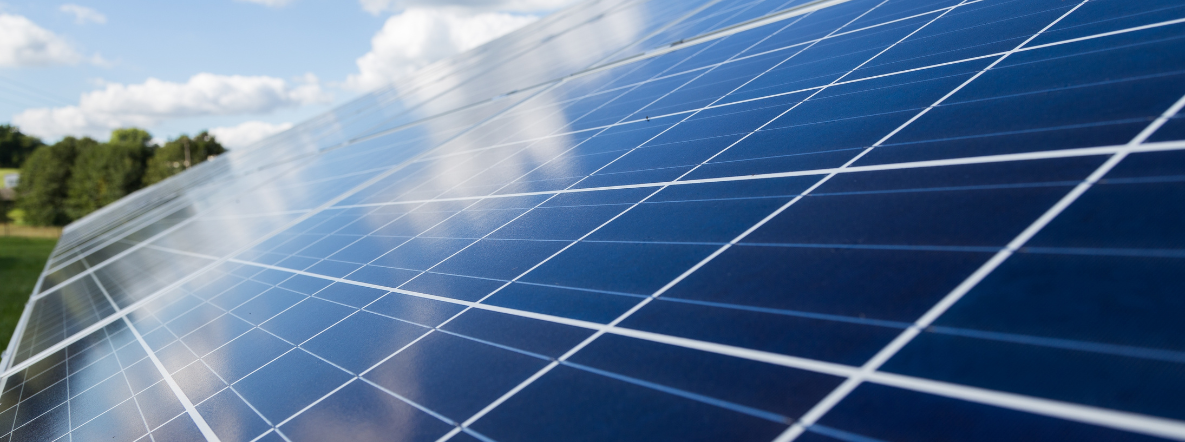Unlocking India’s solar potential: Phased restrictions on solar inputs will allow redressal of land, labour & capital constraints
16 Feb 2022
Opinion: Prerna Prabhakar & Divy Rangan
Budget FY23 has extended support to the solar energy sector on enhancing domestic production capacity with an additional allocation of Rs 19500 crore in the form of Production-Linked Incentives (PLIs).
Budget FY23 signals fast-paced movement towards India’s renewable energy target of 450 GW by 2030 60% of which is expected to come from solar. India has already expanded its solar energy capacity by more than 18 times in the last seven-and-half years. While there have been several successes the journey is far from over when it comes to global competitiveness in solar energy. India accounts for merely 1% of the global production capacity; in contrast China makes up 71%. With India missing competitiveness there is huge dependence on imports of solar cells and modules. The import bill for solar cells stood at Rs 4229 crore for FY22 (April to November) of which China accounts for 91%.
China’s cost-competitiveness is attributable to better technology economies of scale government support in the form of tax exemptions and credit guarantees. To combat this import dependence the finance ministry has already ordered imposition of 40% and 25% Basic Custom Duty (BCD) on the import of solar modules and solar cells respectively from April 1 2022. Budget FY23 has extended support to the solar energy sector on enhancing domestic production capacity with an additional allocation of Rs 19500 crore in the form of Production-Linked Incentives (PLIs). This is expected to support the achievement of the goals such as 280 GW of installed solar capacity and increasing the non-fossil energy capacity to 500 GW by the year 2030.
Would these policy changes enhance the competitiveness of India’s solar sector? If not what is holding India back in terms of realising its potential on solar energy generation? The answer to this question broadly lies in the existing domestic policies governing conventional factors of production in the solar energy sector viz. land labour and capital.
In India purchasing the required material for solar energy production is a cost-intensive activity because of the existing policies which puts Indian companies in a disadvantaged position as compared to other foreign players. This includes missing tax incentives; recently the GST rate for solar cells and modules was increased from 5% to 12%. These policies need amendments to make the business climate favourable for the solar energy developers.
Like any other industrial unit a solar plant needs a reasonable quantum of land and it is imperative to facilitate land availability. Currently there are a number of constraints ranging from high land prices land ceiling limits and complex land acquisition processes. Skyrocketing land prices is one of the prime reasons for high project-cost in India. States should consider providing exemptions on stamp duty payments to promote solar energy production.
The dismal state of documentation of land ownership is one of the key reasons that cause complications in the land acquisition/purchase process. Without adequate verification of property titles any land purchase can fall into the trap of legal disputes. Though the Centre has been taking the necessary steps to digitise land records there is still a lot of work needed in this respect and the budget announcement on use of drones for digitising land records is a welcome step.
Other factors that need to be considered for facilitating land availability for setting up solar plants include relaxing land ceiling limits for solar energy developers. Some states like Madhya Pradesh and Punjab provide for such relaxations in their solar energy policies; this may be emulated by other states. Land banks are likely to help the solar project developers with land availability for their projects. They can also include areas freed up by retiring thermal power plants. While there are instances from Delhi and Punjab of such land being considered for solar power projects they are not included in the current land bank repositories.
The growing solar sector in India needs the right kind of labour to carry out different activities pertaining to production. One can clearly claim that job creation is a positive externality expected to emerge from the solar industry. Given India’s demographic dividend advantage labour supply does not appear to be a problem; however ensuring the right skilling is the key. This requires organising training programs that aim to impart the right skills needed for the solar energy sector and Budget FY23 has recognised and addressed these needs for the overall economy. Though India has government-run institutions that organise training programmes for this field the solar energy sector still sees a skill gap. One suggestion in this regard is to economise the cost of the training programmes as a way to incentivise potential workers to enrol in these programs. Currently some of the government run training programs cost around Rs 3500-9000 depending on the content which can prove a deterrent for people seeking such courses.
The solution for unlocking India’s solar potential lies in strengthening its domestic production infrastructure by lending support in terms of labour land and capital requirements. While some of these issues have been tackled by Budget FY23 escalating import duties of solar energy components in the short run will add to the overall cost of production. Instead a phased-restriction approach should be adopted as was done in the Defence Offset policy; that will give us time to fix inherent rigidities.
Prabhakar is associate fellow NCAER and Rangan is an independent researcher. Views are personal.
Published in: The Financial Express, 16 Feb 2022






